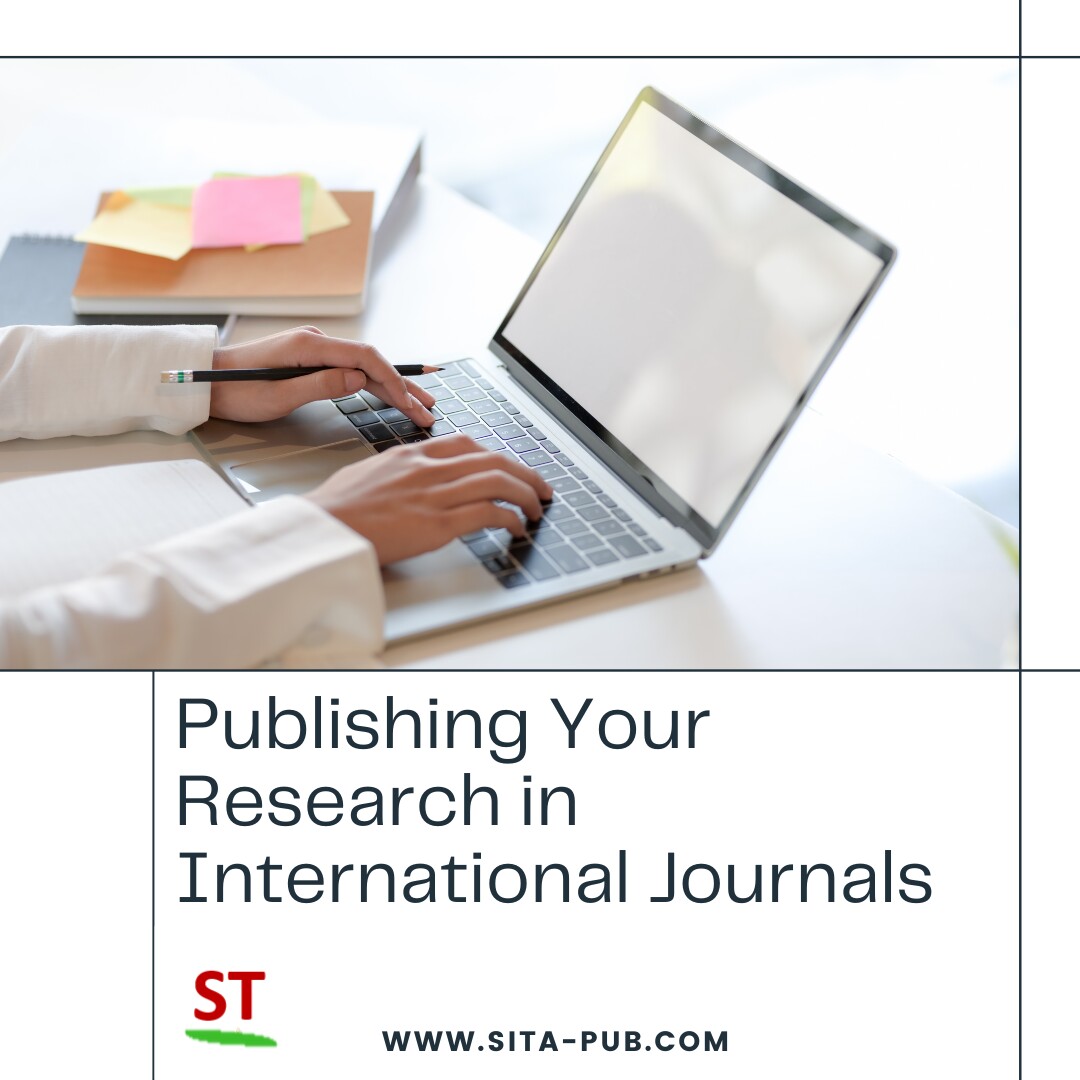Publishing Your Research in International Journals


International journals are academic publications that accept research articles from authors all over the world. These journals cover a wide range of subjects, including science, technology, medicine, social sciences, and humanities.
They are known for their strict peer-review processes, which ensure that only high-quality research is published. This means that your work is evaluated by experts in the field before it is shared with a wider audience. Publishing in international journals is important because it helps your research gain recognition and reach a larger audience, increasing its overall impact.

Publishing in international journals involves several key steps:

Ensure that your research is original, well-organized, and clearly articulated. Make sure to present your findings in a logical order, including an introduction, methods, results, and discussion.

Research suitable international journals that align with your field and the topic of your research. Look for journals that focus on your area of study to ensure your work reaches the right audience.
Check the journal’s scope, impact factor, and audience. The impact factor indicates how often articles in the journal are cited, which can reflect its influence in the field.
Start by carefully following the journal’s specific guidelines for formatting and structure. Most journals provide detailed instructions on how to format your manuscript, including font size, spacing, and referencing style.

Once you have selected a journal, submit your manuscript through the journal’s online submission system. Most journals require you to create an account and upload your manuscript along with any supplementary materials.
Include any required documents, such as a cover letter, figures, or data sets. The cover letter should briefly explain the significance of your research and why it fits the journal’s scope.

After submission, your paper will undergo a peer review process, where experts in your field evaluate its quality and relevance. This process can take several weeks to months.
Be patient during this time. You will eventually receive feedback, which may include acceptance, requests for revisions, or rejection. If revisions are requested, take the feedback seriously and make the necessary changes to improve your manuscript.

If your paper is not accepted on the first submission, don’t be discouraged. Use the feedback from the reviewers to improve your work. Many researchers face rejection at some point; it is part of the process.
Revise your manuscript according to the reviewers’ comments and resubmit it either to the same journal or to another suitable journal.
By following these steps, you can enhance your chances of successfully publishing your research in international journals. This not only helps you contribute to the global academic community but also advances your career and establishes your reputation as a researcher. Publishing in international journals is a valuable endeavor that can lead to significant personal and professional growth.
Are you looking to publish in international journals? SITA Academy is here to guide you through the process! From selecting the right journal to formatting your manuscript, our team offers expert support to enhance your chances of acceptance.
If you have any questions, inquiries, or would like to learn more about our services, please don't hesitate to reach out to us. Our dedicated team is ready to assist you.
Why Choose SITA Academy?

Team of human professionals

Quality Assurance

Timely delivery

Satisfaction guarantee